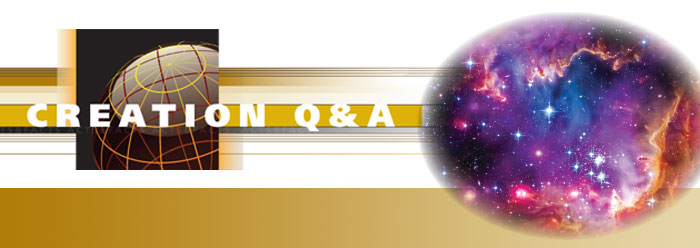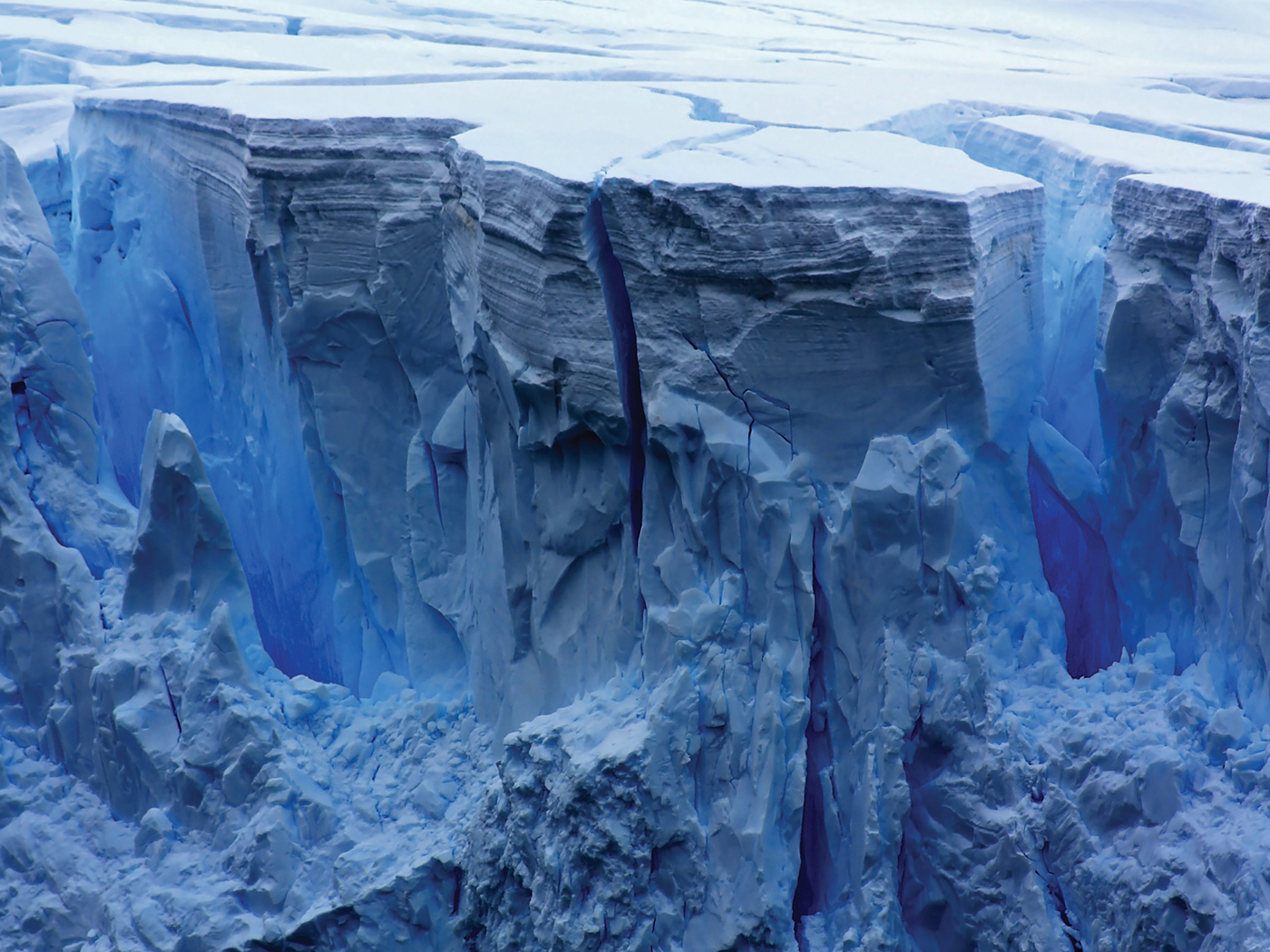“Our own Milky Way produces, on average, at least one new star every year,” begins a University of Michigan news story detailing how galactic dust interactions may regulate star formation.1 However, Genesis says, “He made the stars also…. So the evening and the morning were the fourth day,” suggesting that God made all stars in the beginning.2 How could stars still be forming if He finished making them on “the fourth day”?
To begin, we could examine the evidence that leads most secular astronomers to believe new stars are born each year. One would think they use telescopes to watch a new star ignite where there were no stars the day before. But this never happened. No one has ever witnessed a new star “turn on.”
Instead of direct observations, secular astronomers employ uniformitarian logic to draw their conclusions. Uniformitarianism assumes that the natural processes we observe today, rather than God’s direct creation, explain the origin of all things. Peter warned that this idea would also creep into the Church and lead believers away from the truth of Scripture. He said that in the last days scoffers would try to remove the miracles of creation and the Flood from history by insisting that “all things continue as they were from the beginning.”3 Subscribing to this philosophy, astronomers who will “not glorify Him as God” believe that swirling gases somehow form stars, not God.4
Blue stars burn out in less than a million years. But because secular astronomers believe galaxies are billions of years old, they adopt the concept of continual new star formation to explain the ones we see today. To account for the particular number of stars in the entire Milky Way, they calculate that at least one new replacement star must be born every year.
The logic begs the question by assuming that stars form today before concluding that stars form at a certain rate. In other words, it assumes uniformitarian philosophy before even approaching any evidence.
The belief that galaxies naturally formed billions of years ago comes from personal bias, not science. If our universe were that old, we would see countless millions of supernova remnants from all the stars that died over the eons—and we don’t. Recent creation accounts for the few supernova remnants we do see.5 If God made the universe only a few thousand years ago as revealed in Genesis, then there has not yet been enough time for all its blue stars to expire—explaining the relatively minimal supernova shrapnel we see in the universe and why so many of the blue stars still shine.
In addition, physics refutes the idea that gas particles naturally come together to build stars. ICR astrophysicist Jason Lisle recently wrote, “Gas is very resistant to being compressed….[I]n a typical nebula, the gas pressure far exceeds the miniscule force of gravity.”6 So, those who assert that stars still form should answer several questions. Has anyone actually seen a new star ignite? If stars form by natural forces, then which natural force overcomes the outward-pushing gas pressure?7 Finally, if stars do not actually form today, then shouldn’t galaxies with blue stars be considered less than a million years old?8
Modeling ways that dusty interactions may regulate star formation simply wastes time if nature doesn’t form stars today. After removing uniformitarian thinking, we observe that the Milky Way actually produces, on average, zero new stars every year. Along the way, we also discover that Genesis got star formation right.
References
- A star is born: Galactic ‘rain’ could be key to star formation. Michigan State University news release. Posted on msutoday.msu.edu March 4, 2015, accessed March 4, 2015.
- Genesis 1:16, 19. See also Psalm 136:7-9.
- 2 Peter 3:3-4.
- Romans 1:21.
- Thomas, B. Rare Supernova Recalls Missing Remnants Mystery. Creation Science Update. Posted on icr.org September 6, 2011, accessed March 13, 2015.
- Lisle, J. 2012. Blue Stars Confirm Recent Creation. Acts & Facts. 41 (9): 16.
- If shockwaves from a nearby exploding star squeeze gases close enough for gravity to begin crushing them into a new star, then how did the first star form when no stars yet existed?
- This includes all spiral galaxies and many others, and includes galaxies both near and very far away.
* Mr. Thomas is Science Writer at the Institute for Creation Research.












